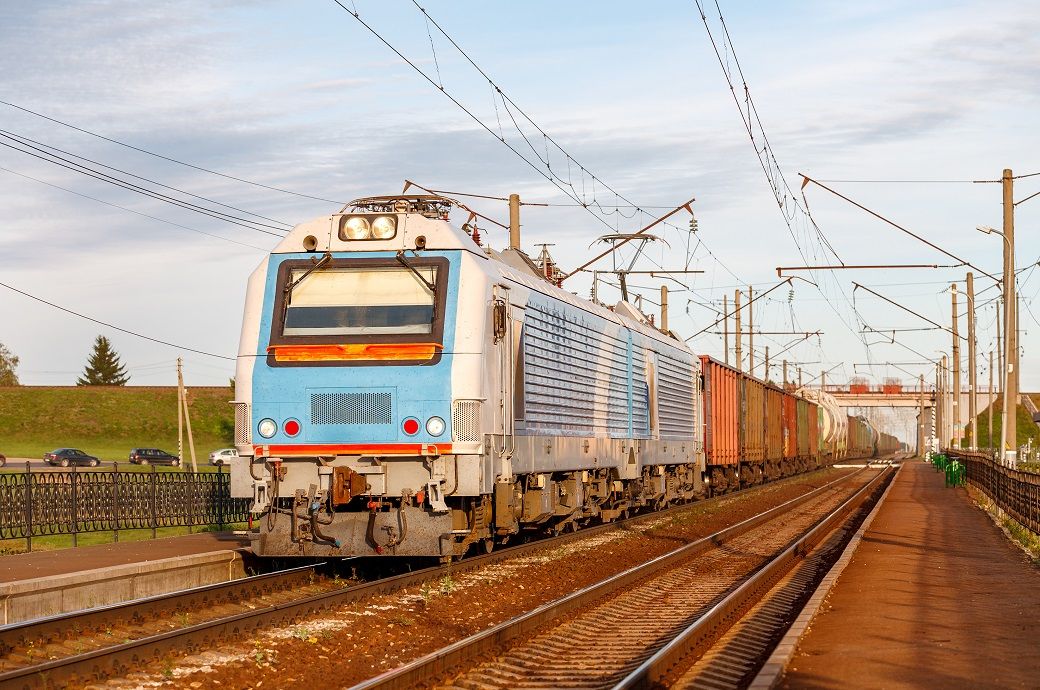
The first signs of recovery were observed in the fourth quarter of 2020 when data pointed to a 5.1 per cent increase compared with the same quarter of the previous year. This trend gradually continued in all quarters of 2021.
The highest growth rate in rail freight transport was recorded in the second quarter of 2021, with a 20.5 per cent boost, followed by the third quarter (+8.0 per cent). The first and fourth quarters increased by 3.4 per cent each, compared with the same quarters in 2020.
Germany was the largest contributor to the rail freight transport performance in the EU, with 123 billion tkm in 2021, representing around 31 per cent of the EU total. Poland and France followed with 54 and 36 billion tkm, respectively. At the other end of the scale, Greece, Luxembourg, and Ireland registered less than 1 billion tkm in 2021.
In seven EU member states, rail freight transport decreased between 2020 and 2021: Denmark (-18.9 per cent), Portugal (-18.3 per cent), Lithuania (-8.2 per cent), Latvia (-7.7 per cent), Ireland (-5.2 per cent), Croatia (-3.3 per cent), and Hungary (-2.1 per cent).
In the remaining member states, rail transport performance grew in the same period. The highest increase was observed in Estonia (+22.9 per cent), followed by Spain (+20.3 per cent), Slovakia (+18.6 per cent), Italy (+15.0 per cent), Germany (+13.5 per cent), France (+13.3 per cent), and Romania (+10.9 per cent), according to Eurostat.
In absolute terms, Germany was the member state with the highest increase: +14.7 billion tkm between 2020 and 2021. France followed with a growth of 4.2 billion tkm over the same period.
To prevent the spread of the COVID-19 pandemic, member states put in place restrictive measures that had a significant impact on rail freight transport, although rail passenger transport was more affected.
ALCHEMPro News Desk (NB)
Receive daily prices and market insights straight to your inbox. Subscribe to AlchemPro Weekly!